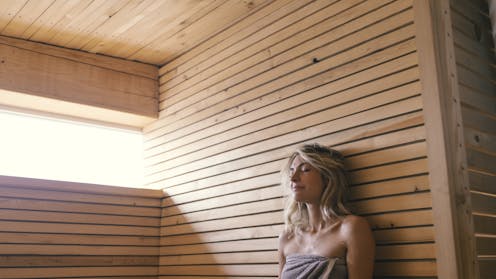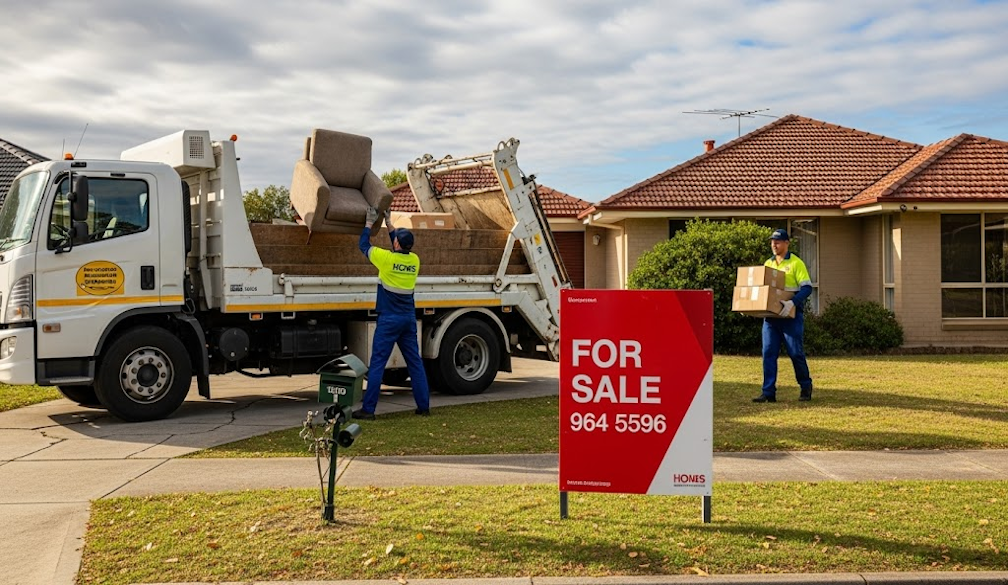Looking to warm up with a sauna this winter? Here are 5 tips to enjoy it safely
- Written by Samuel Cornell, PhD Candidate in Public Health & Community Medicine, School of Population Health, UNSW Sydney

Sauna bathing is booming in Australia. Once considered a luxury experience or only a Nordic tradition, saunas are now part of the everyday for many Australians. They’re commonly found in gyms, hotels, leisure centres, and even in homes.
A traditional Finnish sauna is usually a wooden room heated to between 70°C and 100°C. People sit or lie inside to expose their bodies to high temperatures, typically in very low humidity. This dry heat helps prevent scalding. Sessions usually last 10–20 minutes, often with breaks in between to cool down.
Many people use saunas to relax, improve their sleep, and for supposed health benefits often promoted on social media.
People also go to saunas as a social experience.
But what does the science say about the health benefits of sauna bathing? And are there any risks?
What the evidence tells us
Saunas have been used for centuries, particularly in Finland. Now, research is beginning to confirm many of the health benefits that have long been touted.
Heart and blood pressure
When you’re in a sauna, your body reacts to the heat by increasing your heart rate and widening blood vessels near the skin surface. This process, called vasodilation, helps move warm blood to the skin so heat can escape.
As a result, the heart works harder – similar to light or moderate exercise – and blood pressure often drops slightly. Over time, sauna bathing can lead to healthier blood vessels and lower blood pressure.
A long-term study of more than 2,000 Finnish men found those who used a sauna four to seven times a week were 50% less likely to die from cardiovascular disease (such as heart attack or stroke) compared to those who only went once a week.
Lungs and immunity
The warm air in saunas may also be good for your respiratory system. Regular sauna use can help open your airways, loosen mucus, and make it easier to breathe, especially if you have asthma or chronic bronchitis.
Some studies suggest regular sauna bathing might also reduce the incidence of common colds. It’s not exactly clear how this could work, but it appears heat exposure may enhance our immune response, for example through a short-term increase in white blood cell production.
Aches and pains
The heat from a sauna helps to relax muscles and ease joint stiffness. It may also trigger the release of endorphins, the body’s natural painkillers.
This is likely why people with conditions such as arthritis and fibromyalgia often report feeling better after a sauna session.
Sleep and mood
Many people find saunas relaxing. What’s more, after a sauna, your body cools down. This drop in core temperature can help signal to the body that it’s ready for sleep. Some research has shown regular sauna use is linked to better sleep quality.
The heat may also boost mood by increasing levels of endorphins and other feel-good brain chemicals. Some studies suggest regular sauna use could help people with depression.
Read more: Why saunas really are good for your health
But there can be risks
Saunas are generally safe, but they’re not completely risk-free.
The most common issues people experience with sauna use include dizziness, fainting or nausea. These problems can be related to a sudden drop in blood pressure, and are more likely if people stay in too long or become dehydrated.
Falling asleep in a sauna can be particularly dangerous. If you lose track of time or nod off, your body temperature can climb too high, which increases the risk of heat stroke or even death.
Alcohol and drug use increase the risk of fainting, falling asleep, or not noticing signs of overheating.
In rare cases, saunas have been linked to sudden cardiac deaths. This usually occurs in people with pre-existing heart disease, especially if they were alone or intoxicated.
Who is most at risk?
Young children are at higher risk of adverse effects from sauna use as their bodies have yet to develop capacity to regulate heat as well as adults.
People with heart conditions, low blood pressure or abnormal heart rhythms may be at greater risk as well.
Some medications people with heart disease or low blood pressure take, such as diuretics or beta blockers, can make them more vulnerable by interfering with the body’s ability to manage fluid loss or heat.
5 tips for safer sauna use
1. Start slow: begin with short sessions, 5–10 minutes, and be aware of the temperature. As your body adapts, you can extend session length and tolerate higher temperatures
2. Stay hydrated: drink water before, during, and after. Avoid alcohol or heavy meals before your session
3. Cool down periodically: switch to a cool shower, bath or room between bouts of sauna use to allow your body to tolerate more total exposure
4. Listen to your body: leave if you feel dizzy, nauseated or experience tightness in your chest. Rest somewhere cool until you feel normal again and seek help if you don’t feel better after a short rest
5. Talk to your doctor: if you have heart disease, low blood pressure, diabetes, are pregnant or on medication, and get medical clearance before trying a sauna.
First-time users should take extra care and ease into sauna use gradually. The hotter the sauna and the longer the session, the more stress it puts on your body. Always adjust based on your health, experience, and how you feel at the time.
Saunas can be enjoyable and offer real health benefits. But there are risks if you push past your body’s limits.
Authors: Samuel Cornell, PhD Candidate in Public Health & Community Medicine, School of Population Health, UNSW Sydney



















